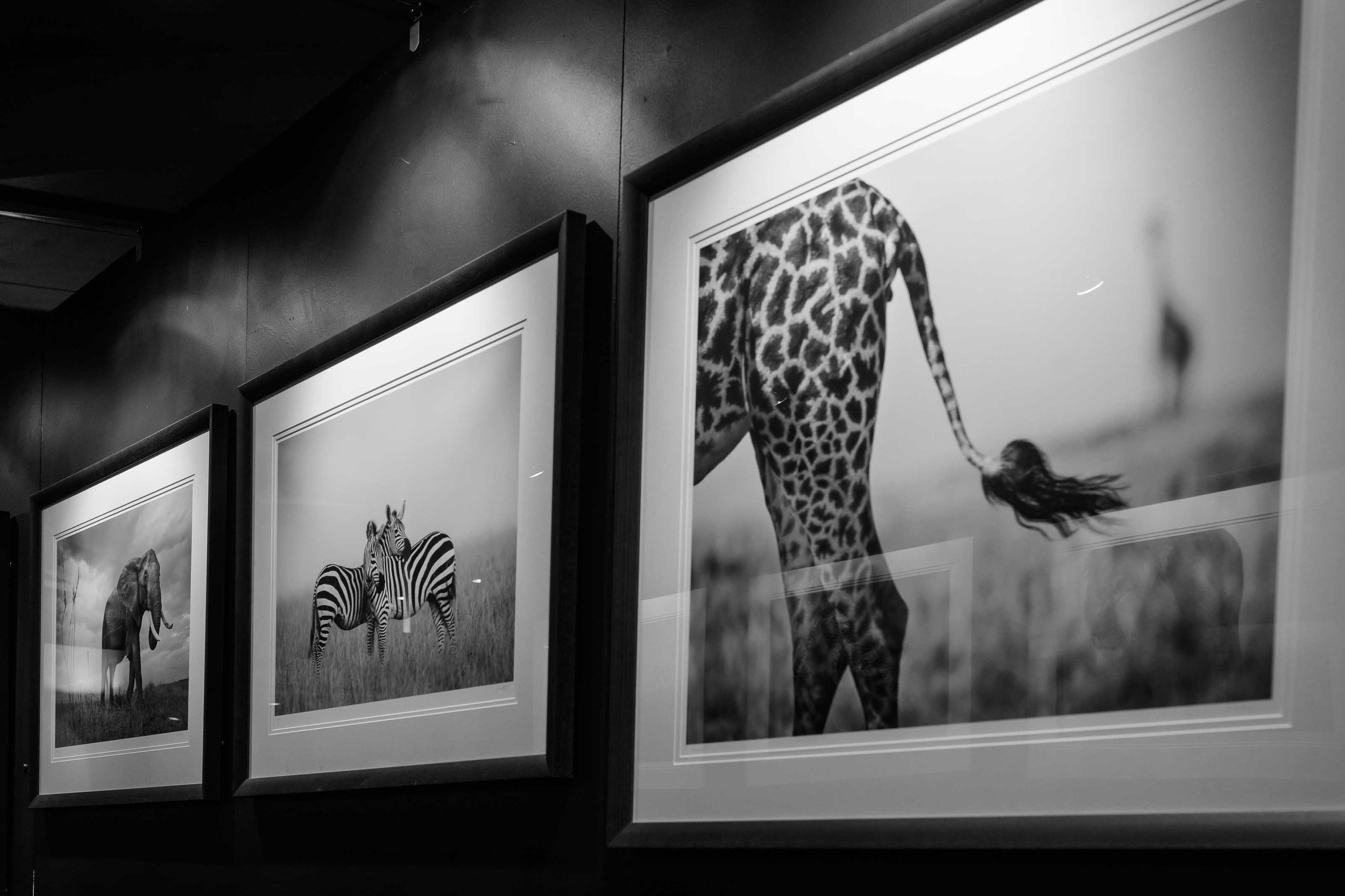Musings On Creativity In Photography Of Wildlife
Consider a hypothetical bird hide in which there are six wildlife photographers.
There is a perch outside on which a bird descends while the light is still good. It's perfectly set for a memorable picture; all the elements are there - subject, composition, and light. There’s an opportunity for all six photographers to create a satisfying picture.
However, all six photographers have taken exactly the same picture. Save for slightly differing angles due to their sitting position, they've all taken an identical bird portrait. So essentially, all of the photographers simply took a photographic record of an opportunistic scene, undoubtedly with technical excellence, but with no real creativity involved on their part.
Creative wildlife photography
It's something I often challenge my guests on safari to ponder upon any given scene, albeit with a vehicle in place of a hide. The challenge I set for them is to each aspire to achieve a picture that no one else in the vehicle might consider.
Arguably, their creativity could be up for question if they all came away with the same picture, or, in other words, a photographic record of the scene, however memorable or breathtaking.
Related: Photography style: is it something you find or that finds you?
Creativity in photography
For me, creativity in photography stems from a personal response to a scene, and that is the key.
· Did you notice the mood first? If so, maybe that's what you should photograph then.
· If it surprised you that it moved so fast, then make your picture say that very thing.
The importance of familiarity with your wildlife subject
One ingredient for creativity in wildlife photography, and indeed any type of photography, is familiarity. Over-familiarity, even.
Seeing thousands of wildebeest every day for six weeks soon prompts wanting something new from them. Once the safe first response pictures are taken and out of the way, it becomes easier to dare to try something new.
Creativity can become a subconscious sense too, where you start looking deeper into familiar subjects without even realising you are doing so.
The key to unique photography of wildlife
A photographic colleague who photographs only in Africa said to me recently that he felt he would not achieve much original photography in the Arctic because he had not been before, and he would only return from there with pictures everyone else already had.
He felt that he could not offer something new to the eyes of the world, because the environment and the wildlife there would be too new for him to begin with. Whereas in Africa, his familiarity with the landscape and the African wildlife means that he can see things others cannot see, and his photography as a result enjoys a better return.
Creative nature photography
I am inclined to agree with him. Anyone familiar with a subject will see more than anyone new to it. Familiarity means it's not new anymore, so if you want something new from it, you have to look for it. Stay long enough, and you find yourself doing so on a subconscious level.
Every time you look, you see something new, and often you will see something that new observers may not see.
Do you agree with me? What are your thoughts on creativity in photography? When do you feel most creative, and when do you achieve your most creative wildlife photos? Feel free to comment below or get in touch to share your thoughts.
David



